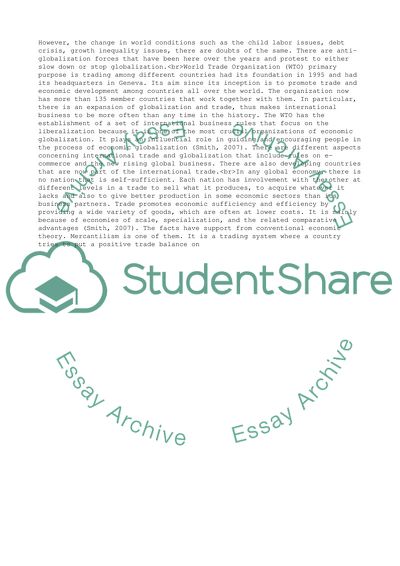Cite this document
(International Trade and Globalization Essay Example | Topics and Well Written Essays - 3000 words, n.d.)
International Trade and Globalization Essay Example | Topics and Well Written Essays - 3000 words. https://studentshare.org/business/1879836-international-trade-and-globalization
International Trade and Globalization Essay Example | Topics and Well Written Essays - 3000 words. https://studentshare.org/business/1879836-international-trade-and-globalization
(International Trade and Globalization Essay Example | Topics and Well Written Essays - 3000 Words)
International Trade and Globalization Essay Example | Topics and Well Written Essays - 3000 Words. https://studentshare.org/business/1879836-international-trade-and-globalization.
International Trade and Globalization Essay Example | Topics and Well Written Essays - 3000 Words. https://studentshare.org/business/1879836-international-trade-and-globalization.
“International Trade and Globalization Essay Example | Topics and Well Written Essays - 3000 Words”. https://studentshare.org/business/1879836-international-trade-and-globalization.


